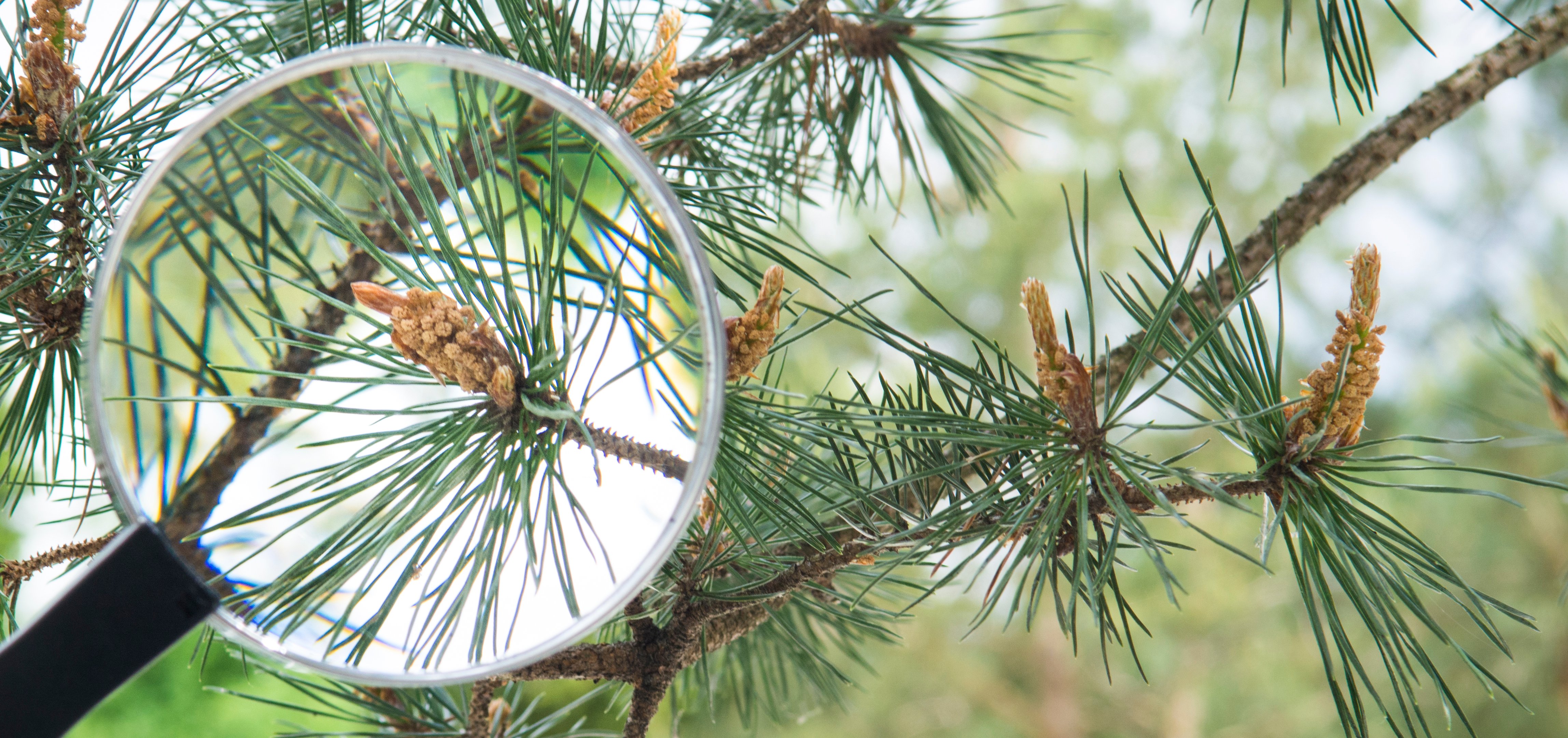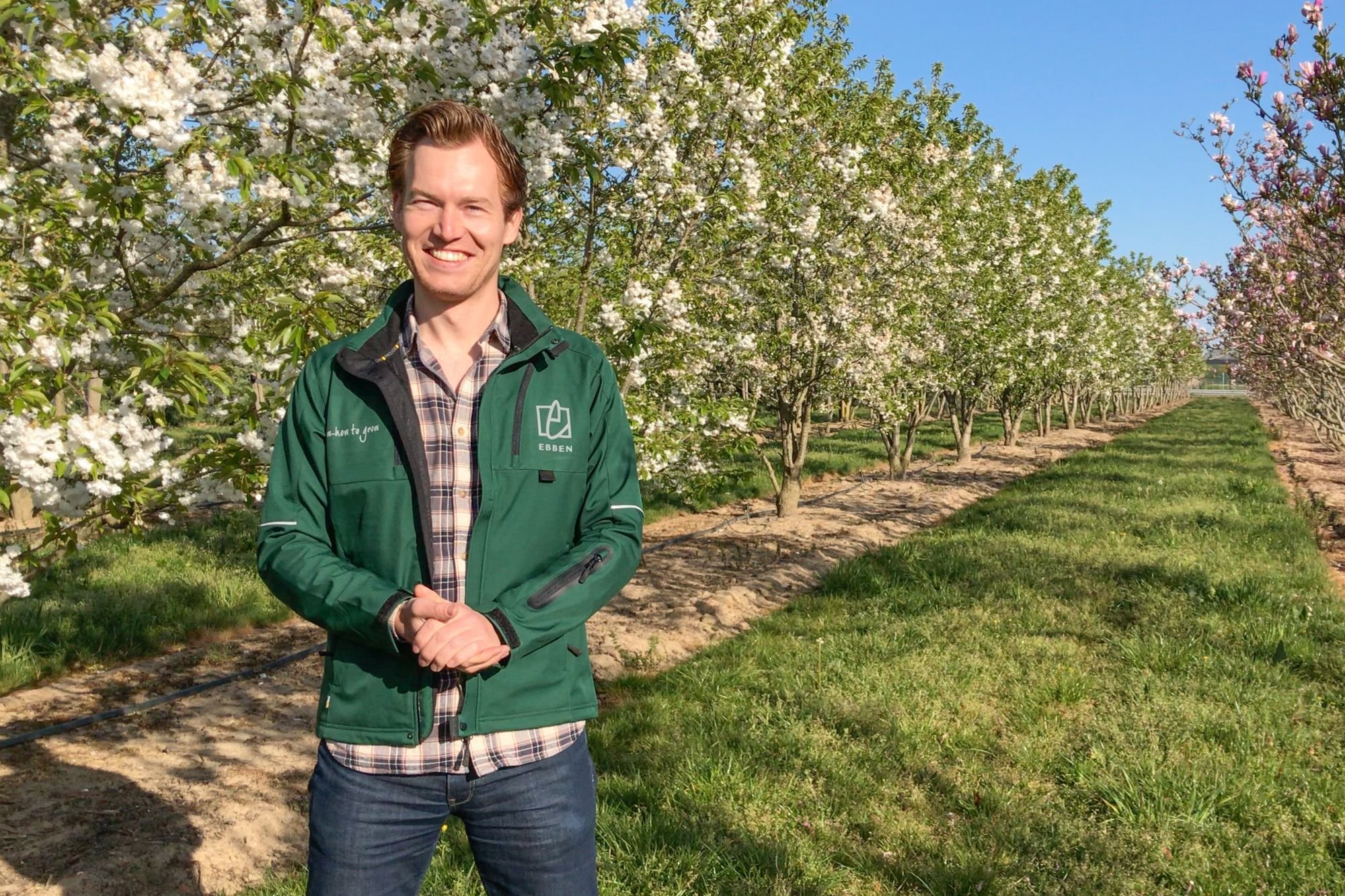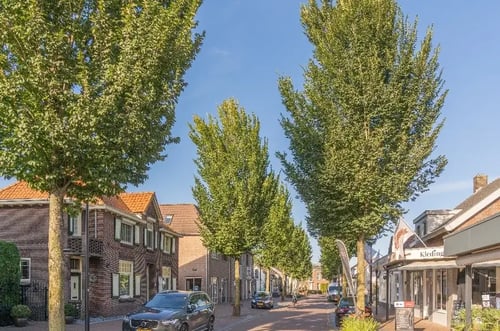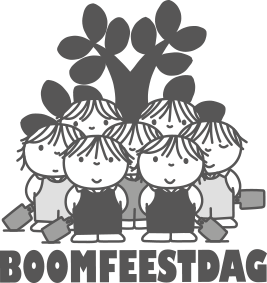Smart selection with TreeEbb: ecology and application as starting points

Whether you are working on a green plan in an urban area, landscape integration, or a biodiversity hotspot in the neighborhood, every planting plan starts with the right plant in the right place. With the TreeEbb, we support green professionals in making informed choices. Not only based on appearance or ease of maintenance, but with a focus on location, use, ecology, and future value.
Two filters within the TreeEbb make this translation particularly powerful:
- Planting concepts – for direct selection based on application and function
- Succession stage (pioneer and climax species) – for selection based on ecological development and growth phase of the location
By using these filters wisely, you can make sustainable choices that suit the location, the user, and the natural dynamics of the area.

The right planting concept in just one click
A successful planting plan starts with a good understanding of the location. How do plants respond to soil type, light, drought, wind, or intensive use? Many concepts focus primarily on appearance and ease of management, but lose sight of the connection with ecology and site characteristics. The result: disappointing results, underperforming species, and increased replacement pressure.
The planting concepts in the TreeEbb change that. Thanks to this feature, you can find a suitable assortment with a single click, tailored to the conditions of your project location.
Why do planting concepts work?
Planting plans are more likely to succeed when you set requirements for soil, light, use, and management at the outset. After all, there are plants that need shade, species that tolerate drought, or trees that specifically contribute to biodiversity. But selecting the right assortment normally requires a lot of time, research, and practical knowledge.
The TreeEbb brings together 165 years of planting knowledge in clear, well-founded planting concepts, which can be found under the ‘Use’ filter. Here, species have been selected based on their functional properties and their success in practice.

Overview of the available concepts in the TreeEbb
Use the 'Planting concepts' filter to go straight to the right product range. These are the available concepts:
- Climate planting - Resistant to frost, heat, and drought. Includes trees, shrubs, ornamental grasses, and perennials. Looking for trees only? Use the filter ‘Plant types’ > ‘Tree types’.
- Food forest- Species with edible parts as well as supporting species that promote shade, nitrogen fixation, or pollination. Ideal for food forests and edible gardens.
- Eco planting- Plants with proven ecological added value for insects, birds, and small mammals: host plants for insects, species with high nectar/pollen value (minimum score of 4), and fruit-bearing trees and shrubs that are also valuable during periods of scarce flowering.
- Landscape planting - Selection for rural areas and landscape elements such as hedgerows, windbreaks or countryside gardens.
- Solid planting - The tough guys in the range. Varieties that are low-maintenance, will grow almost anywhere, but sometimes have a tendency to spread rapidly.
- Shade tolerant - Ideal for underplanting trees with dense crowns, forest gardens or shady corners. Includes ferns, ornamental grasses and shrubs.
- Urban planting - Trees and plants that can handle city conditions like heat, drought, paving, and reflection. Both smaller street trees and bigger types for squares and green spaces are included.
Pioneer and climax species in the TreeEbb: a smart tool for effective planting
When designing functional, sustainable green projects, a good understanding of the ecological context is also crucial. In the TreeEbb, under the heading 'Aspects' > 'Stage of succession', you will find a useful filter option: pioneer species and climax species. This classification helps you to choose trees and shrubs that are suitable for the development phase of a location, or that actively contribute to the restoration or construction of the ecosystem.

Pioneer species
Pioneer species are the first plants to emerge after nature has been “reset” – think of places that have been disrupted by storms, floods, forest fires or large-scale interventions. A new construction site, square, roadside or young park can also be considered a pioneer location: there is little soil development, mycorrhizae are scarce, the sun beats down mercilessly on the ground and competition from fast-growing weeds is fierce.
Characteristics of pioneer species:
- Rapid growth and competitiveness in their youth
- Undemanding in terms of soil life
- Requires light growing conditions
- Short-lived, but effective as initial vegetation
- Ideal for open, windy, barren or dynamic conditions
Pioneer species form an ecological basis: they stabilise the soil, provide shade and help build soil structure and fungi. In doing so, they pave the way for future generations of plants.
What is a climax species?
Climax species thrive in mature, more closed vegetation structures. Think of species that feel at home in forests or mature parks: they require more soil life, higher humidity and shelter from the sun and wind.
Characteristics of climax species:
- Slow growers, but often very long-lived
- Sensitive to exposure to wind, drought or bare soil
- Prefer to germinate under shelter or in shady planting areas
- Ideal for mature parks, forest edges or in the lee of existing vegetation
Climax species are often used directly in open conditions in many planting plans, where they often fail to establish themselves. By first using pioneer species as shelter or as 'pioneers', you significantly increase the success rate of these long-lived species.
Practical application for green professionals
The planting concepts save you a lot of search time and help prevent errors in implementation. So don't just use TreeEbb as a product list, but as a smart design tool that directly links plant selection to use, ecology and location.
In addition, the succession stage filter in TreeEbb is particularly valuable when making planting choices, especially when your plant knowledge is limited but you can accurately identify the growing conditions. By comparing a location with a pioneer or climax situation, you can make the right selection more quickly – tailored to the development phase of the soil and vegetation.
Would you like to refine your choice further? Then combine this filter with parameters such as 'soil type' and 'paving'. This will result in a planting plan that is ecologically sound and resistant to local conditions. For garden designers, landscape architects, gardeners, planners and consultants, this is a practical way to translate ecological knowledge into successful, future-proof plant choices.












